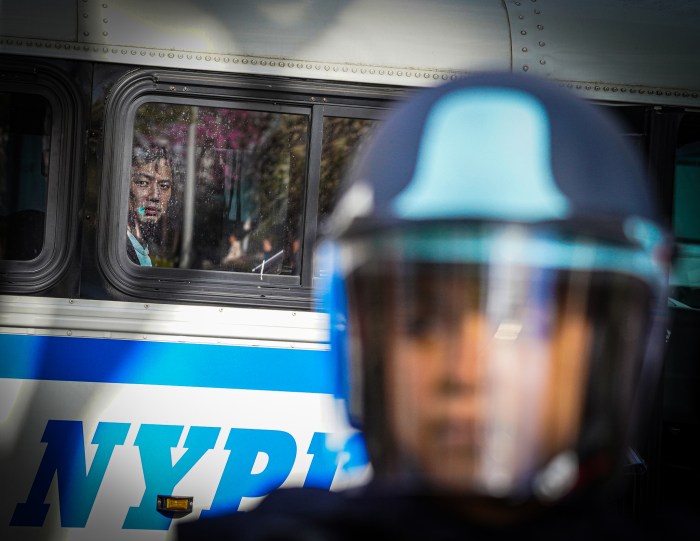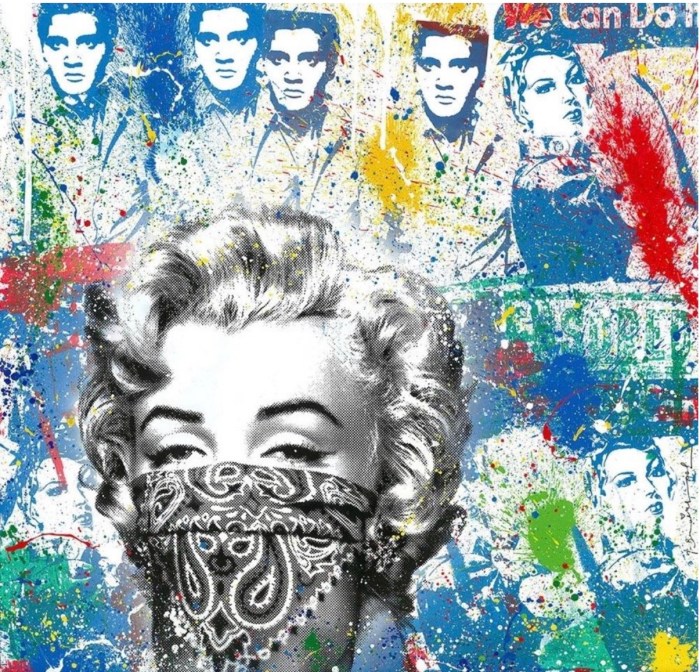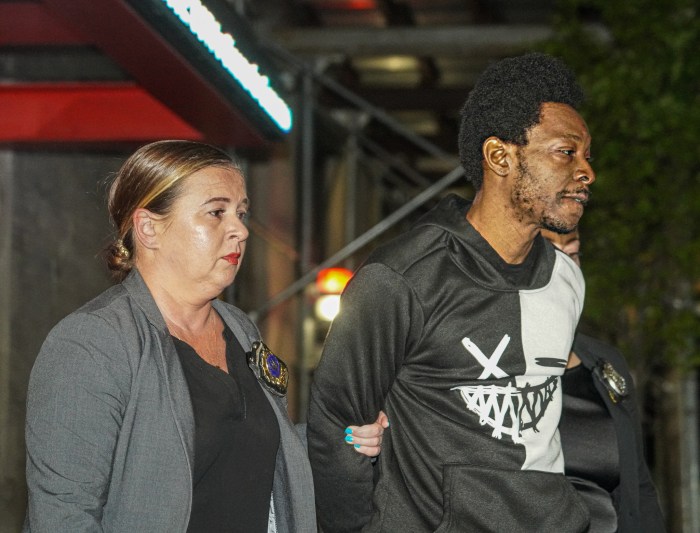By Heather Murray
A woman visiting the Visualizing Seward Park Urban Renewal Area exhibit’s opening reception Thursday night gingerly picked up a cube velcroed to the wall in front of her.
“A window seat. What’s a window seat?” she said while taking a closer look at the photograph pasted to the cube. “Oh, I have several,” she murmured. “I call that clutter,” she quipped of the cardboard display.
She preferred other cubes, however, which implored her to explore pools of light, bed alcoves, street windows, stair seats and indoor sunlight to see how Lower East Siders have transformed their housing structures into homes.
Kara Gionfriddo, an urban studies student at Eugene Lang College, The New School, who designed the display, wrote that the cubes “are demands that you pay attention to how housing structure powerfully affects the livelihood of all New Yorkers.” She suggested to visitors that they “consider the ways in which we might build better housing for the past, present and future residents of SPURA.”
Marci Reaven, director of Place Matters and the historian for the larger Seward Park Urban Renewal Area, or SPURA, revisioning project initiated by the nonprofit Good Old Lower East Side said, “This has always seemed to me to be a place that matters. If you know anything about or are interested in the history of urban renewal, SPURA is a standout example of a very contentious project that never came to be.”
More than 7,000 residents lived in SPURA — the area bounded by Essex, Delancey, Willett and Grand Sts. — before it was razed back in 1967 as part of the city’s slum-clearance efforts funded by the federal government’s urban renewal program. The area’s housing was considered substandard and the city had plans to build 1,400 units to replace the 2,100 occupied units that were torn down.
“Slums were considered by people in different ways,” Reaven said. “To some, they were just a place where poor people were living. To others, poverty created such bad conditions that they thought it affected people’s morals and behaviors. One strand of thinking was that you could reform slums by getting rid of the people currently there and replacing them with other people,” supposedly “better” people who hadn’t been affected by the slum’s conditions, Reaven said.
Reaven feels that “very few people could try to defend the way that displacement and rehousing went on” in the city back then. “Urban renewal was targeted at poor areas. The people being uprooted were mostly without means of fighting back,” she said.
More than 40 years after those 7,000 SPURA residents were displaced, much of the area still lies vacant, occupied by a vast, open-air parking lot. The New York City Housing Authority opened 360 apartments there in 1974 and St. Mary’s Roman Catholic Church later built 600 more. An nursing home, an arts center, a new firehouse and a police station were built in the renewal area, but the rest of the land has sat vacant.
“Lots of people had plans, but nothing got either the funding or enough political approval,” Reaven said.
Ever since the city failed to build the promised 1,400 units, neighbors and housing advocates have debated what should become of SPURA, the largest piece of undeveloped property owned by the city in Manhattan south of 96th St. Plans over the years have included affordable, middle-income and senior housing, artists’ lofts, market-rate condos and shopping centers.
Some neighbors feel the area already has enough low-income units, while housing advocates argue that more are needed and that the city should follow through on its promise.
Damaris Reyes, director of GOLES, a longtime tenant activist and lifelong Lower East Side resident, said her organization started working on a revisioning project for the SPURA site — dubbed SPURA Matters — a year and a half ago. Partners in SPURA Matters, which held several visioning sessions with the community last fall, include the Pratt Center for Community Development and City Lore and its Place Matters project. A text-message walking tour of SPURA was created in conjunction with Field Play, and last Thursday’s exhibit was done with the participation The New School.
Reyes called the exhibit “another way to bring a really important issue to folks who have not necessarily been as involved” with talks about SPURA’s future.
She pointed out that the space secured for the exhibit, at 465 Grand St., serves as the lobby for several nonprofit organizations, including highly trafficked daycare and senior centers.
The lobby, also known as Common Room 2, is used on an ongoing basis to display works and projects that seek to engage the community in a dialogue about the structures of the built environment.
New School student Rachel London, who created a listening station for the exhibit, featuring oral history clips from interviews with residents, said, “This whole thing is really wonderful. The reason I study urban planning is for things like this to happen.”
The “Visualizing SPURA” exhibit also featured a map of the SPURA site in 1930 showing the tenements that existed there before urban renewal, sketches of what Delancey St. could look like in the future and photographs of SPURA and its streetscapes.
Attendees at four visioning sessions last fall voted on what they’d like to see the city spend money on in redeveloping SPURA. The most votes went to affordable housing, followed by community facilities and jobs, open space, small businesses and mixed-income housing. Another display featured quotes from politicians voicing their views on the site, and included post-it notes and pencils for visitors to “respond to the influential voices,” Samantha Washburn-Baronie wrote in describing her project.
New School Professor Gabrielle Bendiner-Viani, who oversaw students’ work for the exhibition, said she immediately took GOLES up on its offer to partner with her fall 2008 “City Studio” class.
“We have been wanting to do more civic-engagement projects,” she said.
She said the process of developing how best to visualize all parts of the exhibit to make the space more understandable was a good challenge for students.
Bendiner-Viani once worked at the Henry Street Abrons Art Center and was familiar with the SPURA site long before she started work on the exhibit.
Reaven also feels a deep connection to SPURA. She moved to the Lower East Side during the fiscal crisis of the mid-1970s.
“The idea of housing and how you save housing attracted me,” Reaven said. Her interest led her to make a film back then focusing on Lower East Side residents and their struggles.
Bendiner-Viani said of the exhibit, “We were clear in class that we didn’t want to put forth a plan of what should be done at the site. We also didn’t want focus on the story of the conflict or the political landscape.”
She paused to point to the 1930 map, saying, “There were inhabitants then. There could be again.”
Reyes, of GOLES, feels that various SPURA stakeholders all “agree that something needs to happen here, as opposed to nothing,” and that spurring the project forward requires getting the stakeholders and decision-makers together.
“It’s more likely that something will happen once the decision-makers hear what people really want,” Reyes said.
“Visualizing SPURA” will be on view at the Common Room 2, in the lobby of 465 Grand St., through March 21. The exhibit is open Monday to Friday from 9 a.m. to 6 p.m. or by appointment. For more information, phone 212-358-8605 or visit www.common-room.net.

















